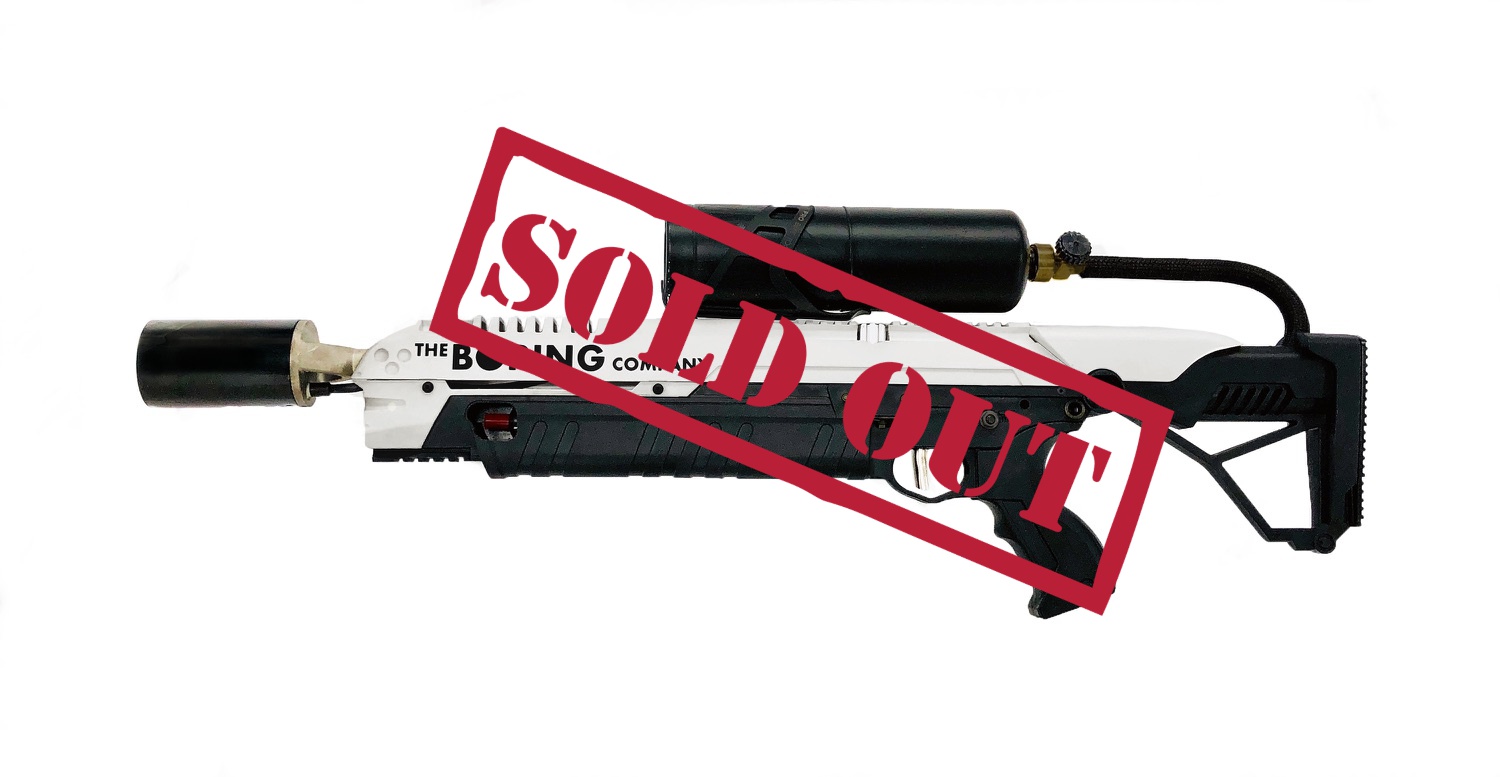
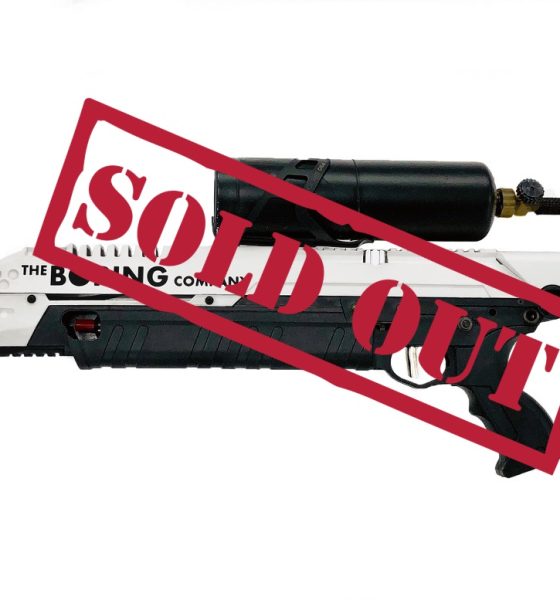
News
Pablo Escobar’s brother wants $100 million in Tesla shares for Not-a-Flamethrower dispute
Elon Musk is no stranger to taking on powerful forces that stand in the way of his Earth-changing missions, but drug lord families still seem like an odd addition to the list. Despite the improbability, infamous cartel founder and cocaine kingpin Pablo Escobar has recently been linked to the serial entrepreneur over The Boring Company’s Not-a-Flamethrower, specifically through Escobar’s brother. Roberto Escobar claims Musk stole the Flamethrower design from him and plans to sue over it – unless Musk agrees to hand over $100 million dollars in either cash or Tesla shares, that is.
“Elon we both know you stole from me, I am OK to settle this right now for $100 million. Tesla shares is OK or cash. I will win in court, and you will lose more than $100 million,” Escobar said in a statement to The Next Web. “Maybe I will make myself new Tesla CEO with the courts?… Let’s settle this like gentleman. Send me the Tesla Shares to Escobar Inc.”
Someone associated with Musk’s business activities reportedly spent time with Escobar (the living brother, not the deceased drug lord) in the summer of 2017 wherein an Escobar Inc. toy flamethrower concept was discussed, according to a report originally published by TMZ. The Boring Company’s Flamethrower, announced in January 2018, apparently was a dead ringer for Escobar’s idea design-wise, leading cartel leader’s brother to angrily conclude that his idea had been stolen. Musk later responded to TMZ‘s report on Twitter, saying “It’s Not a Flamethrower, Mr Escobar.”
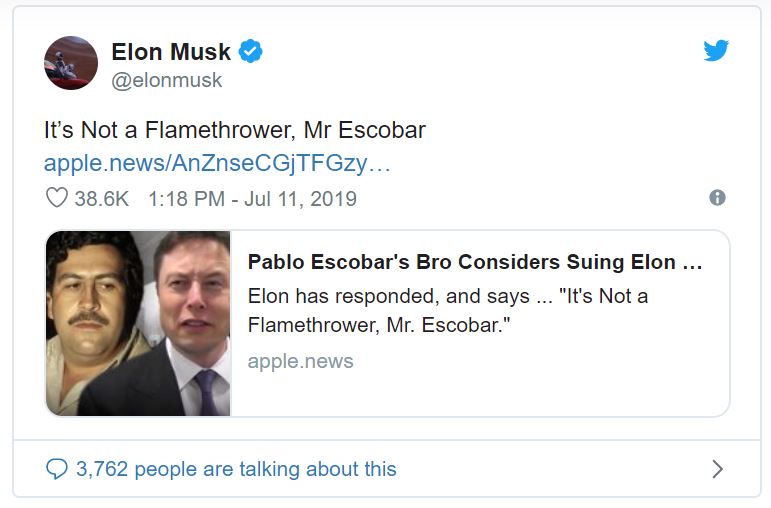
The dispute is interesting and unusual, to say the least, but we can be sure there’s one thing Boring clearly did not get from Escobar Inc. – the flamethrower’s purpose.
“I want the people to be able to burn money, like me and Pablo used to do. I burned probably a couple of billion dollars over the years. Literally burning the money. For many reasons,” Escobar was quoted as saying about the device.

Escobar is now weighing his legal options against Musk, although it’s not clear what options are exactly available.
Prior to 2013, if an inventor could demonstrate their invention predated someone else’s patented invention for the same thing, they could sue and work out a financially retroactive deal to be compensated for their work (more or less). However, with the enactment of the America Invents Act, the United States now has a “first to file” system that only gives inventors one year from public disclosure of their invention to file for patent protection. In Escobar’s case, he’s basically too late to file for a patent where it would matter most to Musk – in the United States. The only other legal workaround would seem to be a lawsuit over a non-disclosure agreement, which doesn’t appear to have happened here. It’s not enough that there were witnesses to the discussion, and it also doesn’t seem like there was even a handshake-type understanding over any claims to the design.
Another thing worth mentioning is that if The Boring Company has already filed for patent protection of its Not-a-Flamethrower design, it doesn’t appear to have published yet based on patent database searches. Since the idea was disclosed in January 2018 (or even 2017, based on Escobar’s claims), it’s now considered ‘prior art’ and renders any other highly similar patent filings ineligible for protection. It would appear that Escobar’s best bet for legal protection would have been to file for a patent right after Musk’s flamethrower was announced so both devices would have been in that muddy one-year window and open to a court fight. Alas, it’s all water under the bridge now.
The Boring Company had a few options to pursue here, actually. First, the tunneling venture could have filed for a design patent which only protects what their flamethrower looks like. These types of patent applications usually issue to full patents quickly unless the patent examiner objects to it based on similar designs. If Boring went this route, we should see a patent show up shortly if one was filed around the time of the product announcement in January 2018.
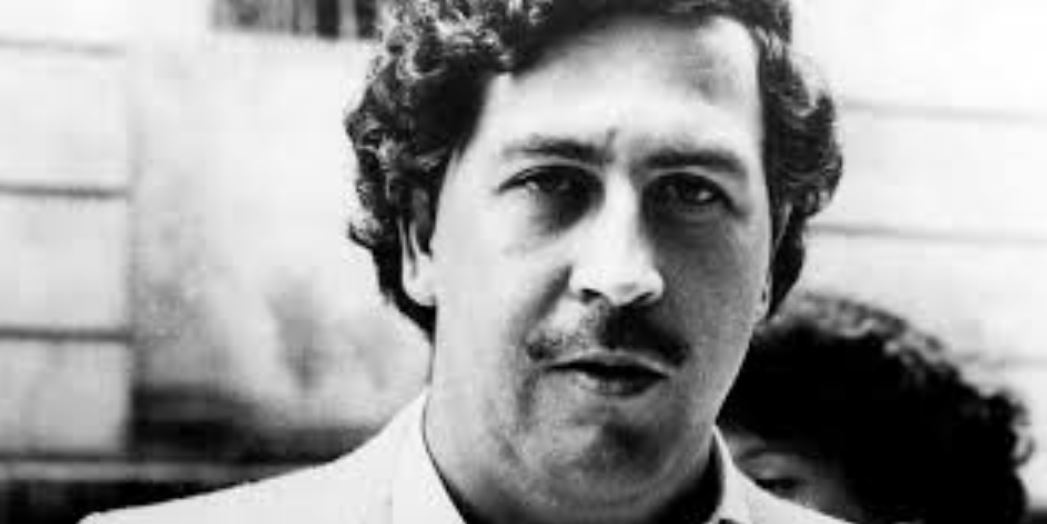
A second option The Boring Company could have taken was to file for a utility patent, meaning there was some sort of technical merit to the Not-a-Flamethrower’s design. These publish 18 months after filing unless non-publication is specifically requested. If Boring went this route, well, there are so many timelines that could have been taken, it’s hard to say whether we’ll see anything until a patent issues, assuming one issues at all. Regardless, the patent route was Escobar’s only real route for lawsuit-driven compensation, and he seems out of luck.
Perhaps in response to recent publicity, the Escobar Inc. Flamethrower just went on sale for $250, and according to its company website’s History page, 20,000 units will be produced. This, of course, is the exact amount the Boring Company sold at the original price of $500. Among other interesting news items, one of the gems from that same History page reads, “2004 – Roberto de Jesus Escobar Gaviria is freed from Itagui Prison based on excellent behavior.” This important moment in the Escobar Inc. chronicles is surely only matched by the successful launch of Escobar Inc.’s Flamethrower for burning cold hard cash in cocaine kingpin fashion.

Elon Musk
SpaceX issues statement on Starship V3 Booster 18 anomaly
The incident unfolded during gas-system pressure testing at the company’s Massey facility in Starbase, Texas.

SpaceX has issued an initial statement about Starship Booster 18’s anomaly early Friday. The incident unfolded during gas-system pressure testing at the company’s Massey facility in Starbase, Texas.
SpaceX’s initial comment
As per SpaceX in a post on its official account on social media platform X, Booster 18 was undergoing gas system pressure tests when the anomaly happened. Despite the nature of the incident, the company emphasized that no propellant was loaded, no engines were installed, and personnel were kept at a safe distance from the booster, resulting in zero injuries.
“Booster 18 suffered an anomaly during gas system pressure testing that we were conducting in advance of structural proof testing. No propellant was on the vehicle, and engines were not yet installed. The teams need time to investigate before we are confident of the cause. No one was injured as we maintain a safe distance for personnel during this type of testing. The site remains clear and we are working plans to safely reenter the site,” SpaceX wrote in its post on X.
Incident and aftermath
Livestream footage from LabPadre showed Booster 18’s lower half crumpling around the liquid oxygen tank area at approximately 4:04 a.m. CT. Subsequent images posted by on-site observers revealed extensive deformation across the booster’s lower structure. Needless to say, spaceflight observers have noted that Booster 18 would likely be a complete loss due to its anomaly.
Booster 18 had rolled out only a day earlier and was one of the first vehicles in the Starship V3 program. The V3 series incorporates structural reinforcements and reliability upgrades intended to prepare Starship for rapid-reuse testing and eventual tower-catch operations. Elon Musk has been optimistic about Starship V3, previously noting on X that the spacecraft might be able to complete initial missions to Mars.
Investor's Corner
Tesla analyst maintains $500 PT, says FSD drives better than humans now
The team also met with Tesla leaders for more than an hour to discuss autonomy, chip development, and upcoming deployment plans.
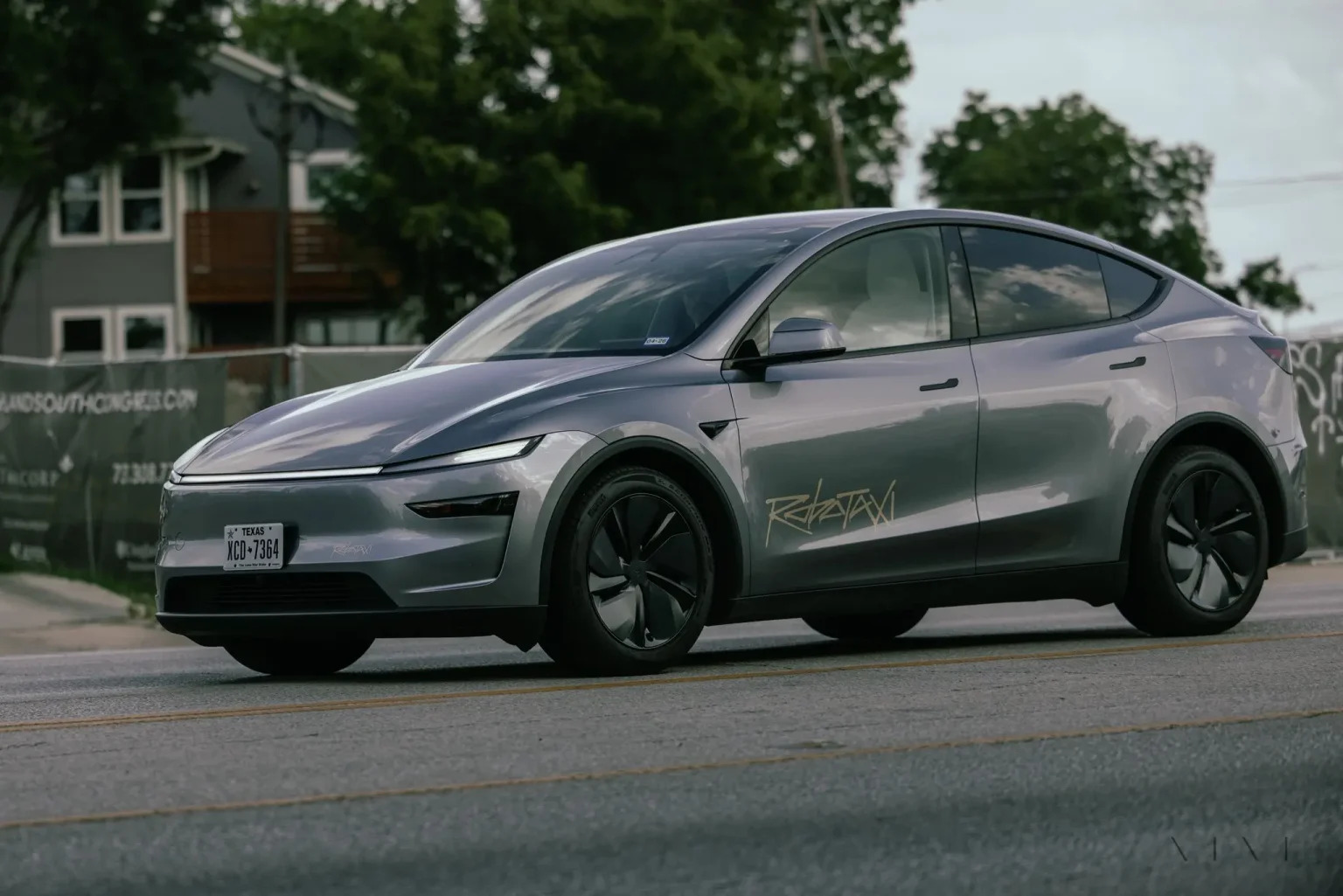
Tesla (NASDAQ:TSLA) received fresh support from Piper Sandler this week after analysts toured the Fremont Factory and tested the company’s latest Full Self-Driving software. The firm reaffirmed its $500 price target, stating that FSD V14 delivered a notably smooth robotaxi demonstration and may already perform at levels comparable to, if not better than, average human drivers.
The team also met with Tesla leaders for more than an hour to discuss autonomy, chip development, and upcoming deployment plans.
Analysts highlight autonomy progress
During more than 75 minutes of focused discussions, analysts reportedly focused on FSD v14’s updates. Piper Sandler’s team pointed to meaningful strides in perception, object handling, and overall ride smoothness during the robotaxi demo.
The visit also included discussions on updates to Tesla’s in-house chip initiatives, its Optimus program, and the growth of the company’s battery storage business. Analysts noted that Tesla continues refining cost structures and capital expenditure expectations, which are key elements in future margin recovery, as noted in a Yahoo Finance report.
Analyst Alexander Potter noted that “we think FSD is a truly impressive product that is (probably) already better at driving than the average American.” This conclusion was strengthened by what he described as a “flawless robotaxi ride to the hotel.”
Street targets diverge on TSLA
While Piper Sandler stands by its $500 target, it is not the highest estimate on the Street. Wedbush, for one, has a $600 per share price target for TSLA stock.
Other institutions have also weighed in on TSLA stock as of late. HSBC reiterated a Reduce rating with a $131 target, citing a gap between earnings fundamentals and the company’s market value. By contrast, TD Cowen maintained a Buy rating and a $509 target, pointing to strong autonomous driving demonstrations in Austin and the pace of software-driven improvements.
Stifel analysts also lifted their price target for Tesla to $508 per share over the company’s ongoing robotaxi and FSD programs.
Elon Musk
SpaceX Starship Version 3 booster crumples in early testing
Photos of the incident’s aftermath suggest that Booster 18 will likely be retired.
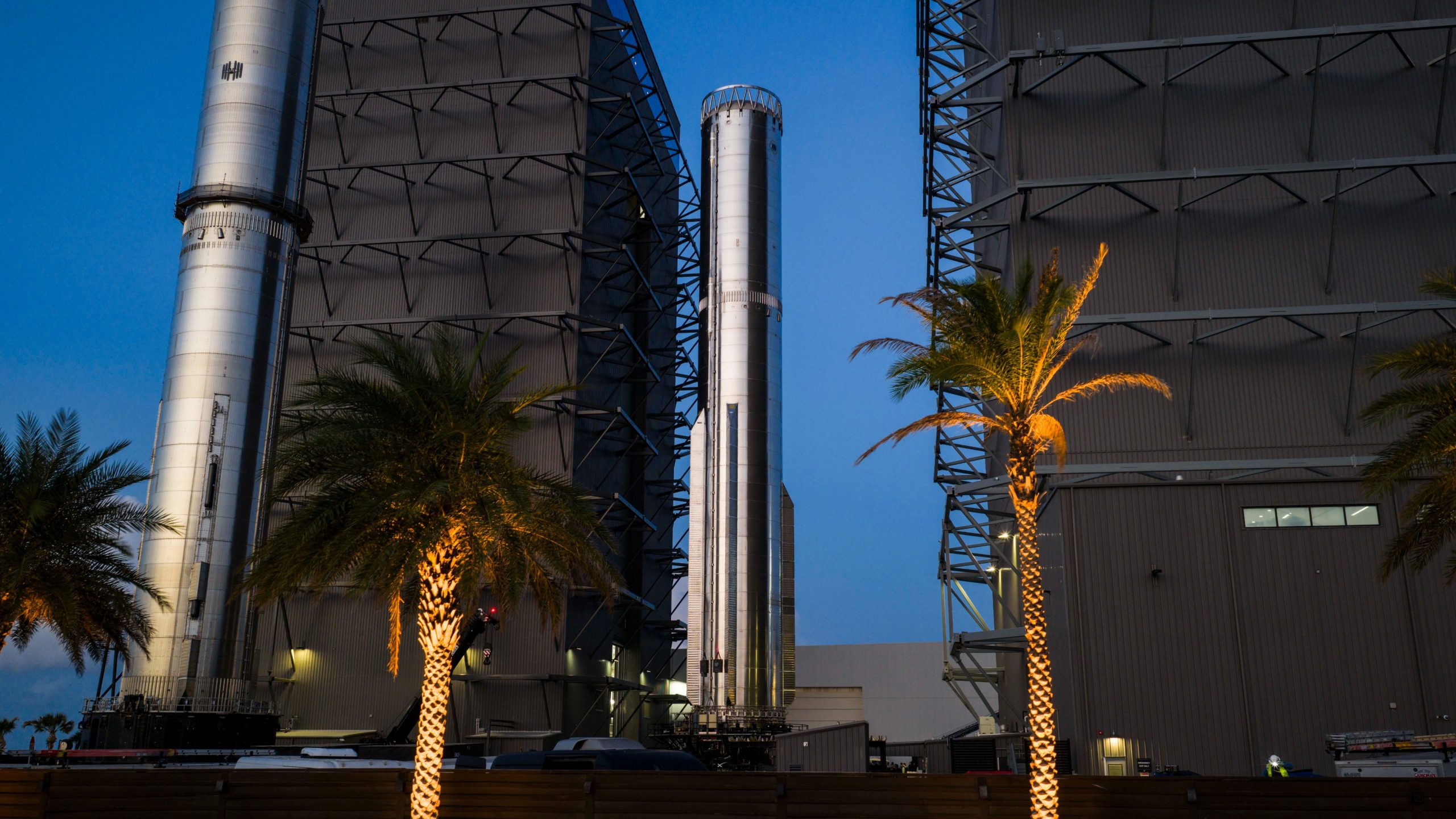
SpaceX’s new Starship first-stage booster, Booster 18, suffered major damage early Friday during its first round of testing in Starbase, Texas, just one day after rolling out of the factory.
Based on videos of the incident, the lower section of the rocket booster appeared to crumple during a pressurization test. Photos of the incident’s aftermath suggest that Booster 18 will likely be retired.
Booster test failure
SpaceX began structural and propellant-system verification tests on Booster 18 Thursday night at the Massey’s Test Site, only a few miles from Starbase’s production facilities, as noted in an Ars Technica report. At 4:04 a.m. CT on Friday, a livestream from LabPadre Space captured the booster’s lower half experiencing a sudden destructive event around its liquid oxygen tank section. Post-incident images, shared on X by @StarshipGazer, showed notable deformation in the booster’s lower structure.
Neither SpaceX nor Elon Musk had commented as of Friday morning, but the vehicle’s condition suggests it is likely a complete loss. This is quite unfortunate, as Booster 18 is already part of the Starship V3 program, which includes design fixes and upgrades intended to improve reliability. While SpaceX maintains a rather rapid Starship production line in Starbase, Booster 18 was generally expected to validate the improvements implemented in the V3 program.
Tight deadlines
SpaceX needs Starship boosters and upper stages to begin demonstrating rapid reuse, tower catches, and early operational Starlink missions over the next two years. More critically, NASA’s Artemis program depends on an on-orbit refueling test in the second half of 2026, a requirement for the vehicle’s expected crewed lunar landing around 2028.
While SpaceX is known for diagnosing failures quickly and returning to testing at unmatched speed, losing the newest-generation booster at the very start of its campaign highlights the immense challenge involved in scaling Starship into a reliable, high-cadence launch system. SpaceX, however, is known for getting things done quickly, so it would not be a surprise if the company manages to figure out what happened to Booster 18 in the near future.








